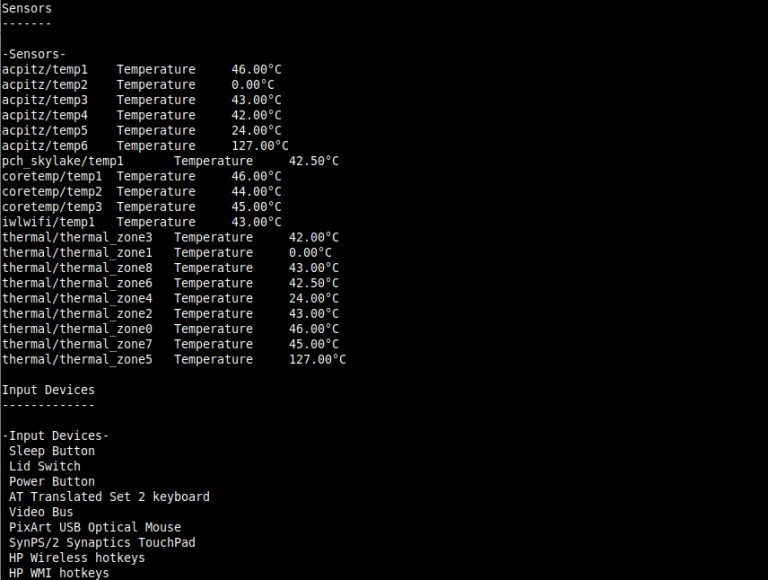
Memory monitor ubuntu download#
You can choose it from dstat download page. Choose appropriate package for your Linux.
Memory monitor ubuntu install#
Generally, here’s the step if you want to install dstat using package.ġ.

Allows to export CSV output, which can be imported in Gnumeric and Excel to make graphsĭstat is supported by most major Linux distribution such as RedHat, CentOS and Debian.Show intermediate results when delay > 1 Swap memory allows your computer to run more applications at the same time than will fit into the system memory (RAM).Indicate different units with different colors.Shows exact units and limits conversion mistakes.Very accurate timeframes, no timeshifts when system is stressed.Can summarize grouped block/network devices and give total numbers.Includes many external plugins to show how easy it is to add counters.Easy to extend, add your own counters (please contribute those).Written in python so easily extendable for the task at hand.Enable/order counters as they make most sense during analysis/troubleshooting.Shows stats in exactly the same timeframe.Combines vmstat, iostat, ifstat, netstat information and more.Featuresīut dstat is not only combination of iostat, vmstat, netstat and ifstat. When you need to gather those information real-time, dstat will fit your need. Dstat allow us to monitor the server resources in real-time. This tool combines the ability of iostat, vmstat, netstat, and ifstat. What is dstatĭstats is a versatile resource statistic tool. What if you can have 1 tool which has those 3 functions above and even more? We can do it using dstat tool. To monitor all of those components in Linux system, we already know iostat (monitor system input output), vmstat (monitor memory utilization) and ifstat (monitor network usage). The servers should always in its best performance and should be available when needed. See fstab(5).One of system administrator main job is to monitor server performance, such as processor, memory, network, and system utilization. # that works even if disks are added and removed. # device this may be used with UUID= as a more robust way to name devices # Use 'blkid' to print the universally unique identifier for a # /etc/fstab: static file system information.
Memory monitor ubuntu how to#
Here’s the output again from cat /etc/fstab apologies for the previous formatting… I’m still learning how to format the posts here I ran all the apt commands you suggested, and they all came back with no errors. From here, you can enable features such as the monitoring of memory, network, swap space, hard disk and processor. To enable other features, click on real time monitoring graph from the system tray and choose Preferences.

My clean UB install in April was done the same way, and it had been running stably with no issues up until recently. System Load Indicator, by default, only displays CPU usage when it is launched for the first time. Since then, I’ve been running with no swapfile, with no issues. A few years ago, I had an issue where Chrome was sucking up all the memory, and even with a swapfile (actually, a swap partition at that time), it didn’t help and the machine locked solid. Nagios keeps track of the servers memory, disk spaces. To make sure your server is running properly without any failure we will install the Nagios tool and monitor with this tool. Nagios monitors the servers uptime and servers availability and gives notification of broken things on the server. I have 8GB of RAM, and generally my usage has hovered around the 3GB mark, so I don’t see a need, and I haven’t generally noticed any performance issues. Install Nagios Monitoring Tool On Ubuntu 20 04. You’re correct… I don’t have a swapfile by intention.


 0 kommentar(er)
0 kommentar(er)
